Traditional Central Asian Music
Explore the rich musical heritage of Central Asia through traditional instruments, genres, and contemporary artists.
Kazakhstan

Traditional two-stringed lute, considered the national instrument of Kazakhstan. Often used to accompany epic storytelling.

Improvised poetry contest performed with dombra accompaniment, showcasing wit and musical skill.
Kyrgyzstan
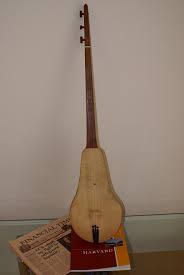
Three-stringed traditional instrument of the Kyrgyz people, used in folk music and the epic of Manas.
Uzbekistan
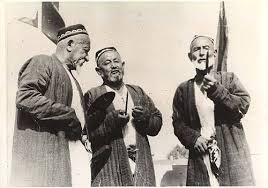
Traditional Uzbek vocal style performed by a trio of singers with distinctive harmony patterns.
Turkmenistan
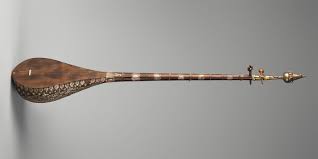
Two-stringed plucked instrument central to Turkmen folk music, often accompanying epic tales.
Tajikistan
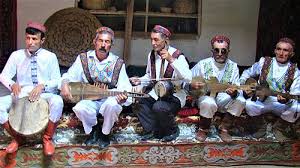
Traditional Tajik folk song genre expressing deep emotions, often performed at gatherings.
Azerbaijan

Traditional long-necked lute with double strings, central to Azerbaijani classical music and mugham performances.
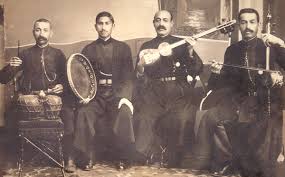
UNESCO-recognized traditional musical form combining instrumental and vocal music, representing the soul of Azerbaijani culture.
Epic Storytelling
Central Asian music is deeply connected to oral traditions, with instruments like the dombra and komuz used to accompany epic tales such as the Manas epic of Kyrgyzstan and Kazakh folk stories.
Nomadic Heritage
The musical traditions reflect the nomadic lifestyle of Central Asian peoples, with portable instruments and songs that celebrate nature, horses, and the vast steppes.
Ceremonial Music
Music plays a crucial role in celebrations, weddings, and religious ceremonies, with specific songs and instruments for different occasions and seasons.
Modern Revival
Contemporary artists like Dimash Kudaibergen are bringing Central Asian musical traditions to global audiences while preserving their cultural authenticity.
String Instruments
Dombra, Komuz, Dutar - Two or three-stringed instruments used for melodic accompaniment
Percussion
Drums and rhythm instruments that provide the heartbeat for folk dances and celebrations
Wind Instruments
Flutes and other wind instruments that mimic the sounds of nature and pastoral life